Lomita Marl
The Lomita Marl comprises calcareous rocks that are typically found at the base of the Pleistocene succession on the Palos Verdes Peninsula of Los Angeles County. It is regarded as Middle Pleistocene in age, being deposited between 570,000 and 400,000 years ago. The Lomita Marl consists of a variety of carbonate sediments, principally marl (lime-rich mud) and a sand that is derived from fragments of algae, foraminifera, bryozoa, and small shells. In excavations or fresh outcrops the sediments are uncemented or poorly cemented, but in most older natural outrops the sediments have hardened considerably. Surface exposures of the Lomita Marl occur in San Pedro and along the Palos Verdes Hills. However, most historically collected outcrops having been destroyed by urban development. The Lomita Marl is generally characterized by offshore (50-200 m water depth) faunal assemblages, although shallower water assemblages may occur in the upper parts of the formation. Molluscs found in the marl include both cool water (typically found north of present-day Los Angeles) and warm water (typically found south of present-day Los Angeles) species.
Common fossils
Historic collecting localities
In gully at Park Western Dr. and Host Pl., San Pedro, Los Angeles County, California. [=Southern California Paleontological Society locality #175]
Construction site at southeast corner of Hawthorne Blvd and Rolling Hills Rd., Torrance, Los Angeles County, California [=Southern California Paleontological Society locality #216]
Construction site on east side of Park Western Dr. between Host Pl. and Battery Site, San Pedro, Los Angeles County, California [=Southern California Paleontological Society locality #220]
Relevant literature
Arnold, R. (1903). The paleontology and stratigraphy of the marine Pliocene and Pleistocene of San Pedro, California. Memoirs of the California Academy of Sciences (Vol. 3).
Grant, U. S., & Gale, H. R. (1931). Catalogue of the marine Pliocene and Pleistocene Mollusca of California and adjacent regions. San Diego Society of Natural History Memoir (Vol. 1), p. 1-1036.
Hertlein, L. G. (1970). A New Species of Fossil Kelletia (Mollusca: Gastropoda) from the Lomita Marl: Late Cenozoic of San Pedro, California. Los Angeles County Museum of Natural History.
Jordan, D. S., and Hannibal, H. (1923). Fossil sharks and rays of the Pacific slope of North America: Southern California Academy of Science Bulletin (Vol. 22), p. 27–68.
Kanakoff, G. P., & McLean, J. H. (1966). Recognition of the Cancellariid Genus Neadmete Habe, 1961, in the West American Fauna: With Description of a New Species from the Lomita Marl of Los Angeles County, California. Los Angeles County Museum of Natural History.
Keen, A. M. (1971). Sea shells of tropical West America: marine mollusks from Baja California to Peru. Stanford University Press.
Keen, A. M., & Coan, E. V. (1974). Marine molluscan genera of western North America: An illustrated key. Stanford University Press.
Kennedy, G. L. (1975). Paleontologic record of areas adjacent to the Los Angeles and Long Beach harbors, Los Angeles County, California. University of California. In Soule, D. F., and Oguri, M. (eds.), Marine Studies of San Pedro Bay, California, Part 9; Paleontology.
McLean, J.H. (1969). Marine Shells of Southern California. Los Angeles County Museum of Natural History. Sco. Der. 24:1-104.
Morris, P. A. (1966). A Field Guide to Shells of the Pacific Coast and Hawaii, second edition. Houghton Mifflin Co., Boston Massachusetts
Natland, M. L. (1957). Paleoecology of west coast Tertiary sediments.Geological Society of America Memoirs, 67, 543-571.
Peska, F. (1977) An Early Pleistocene Site in the Palos Verdes Hills, California. S.C.P.S. Bull. 9:67-73.
Schenck, H. G. (1945). Geologic application of biometrical analysis of molluscan assemblages. Journal of Paleontology, 504-521.
Valentine, J. W., & Meade, R. F. (1963). Californian pleistocene paleotemperatures (Vol. 40, No. 1). University of California Press.
Woodring, W. P., Bramlette, M. N., & Kew, W. S. W. (1946). Geology and paleontology of Palos Verdes Hills, California. United States Geological Survey Professional Paper 207, p. 1-145.


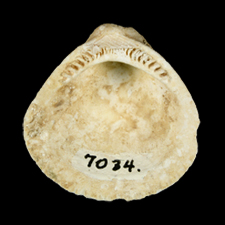


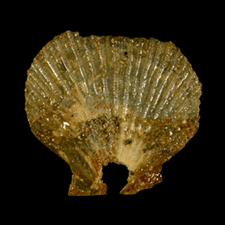
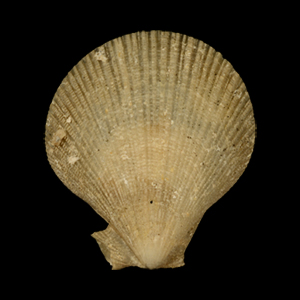
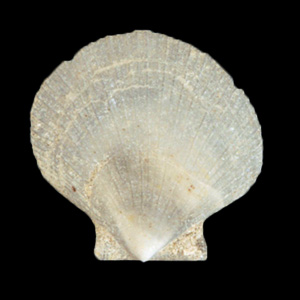
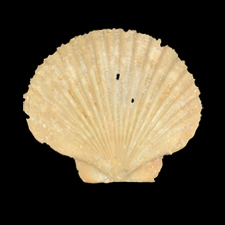

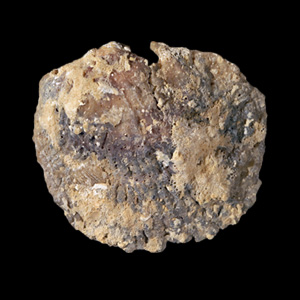
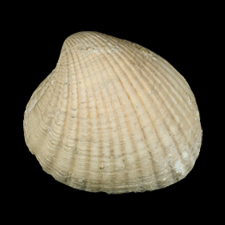
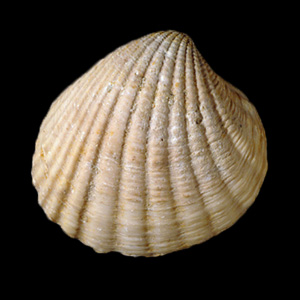
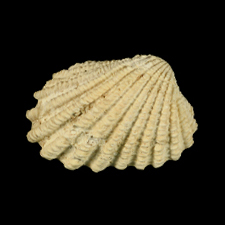
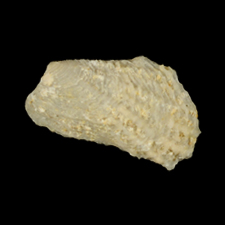
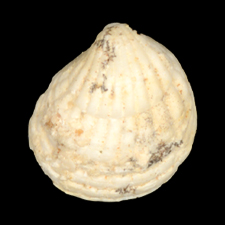
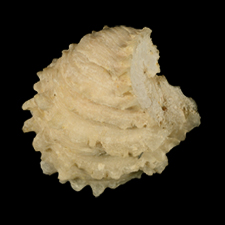
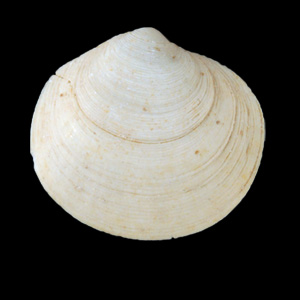
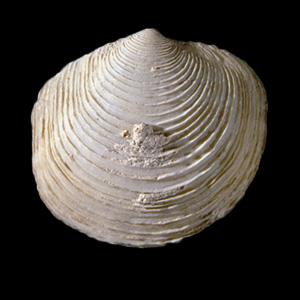
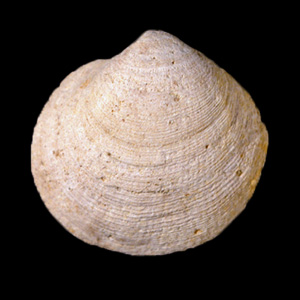
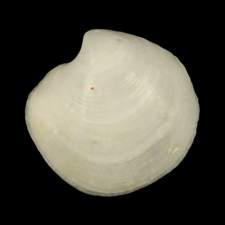
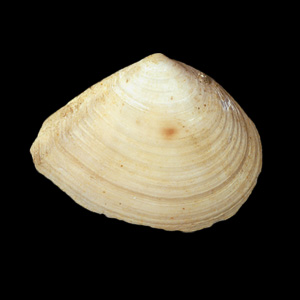
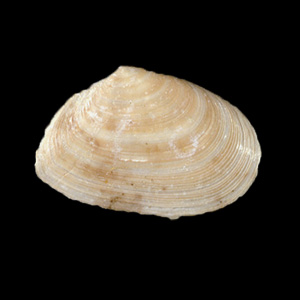

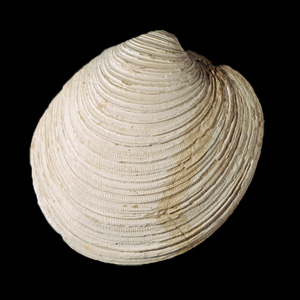
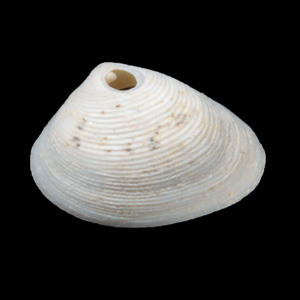
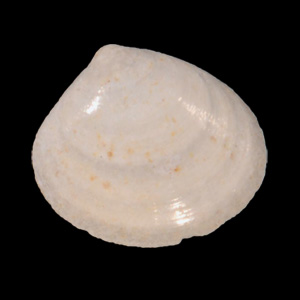
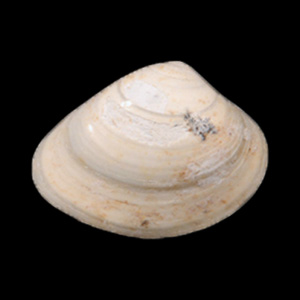
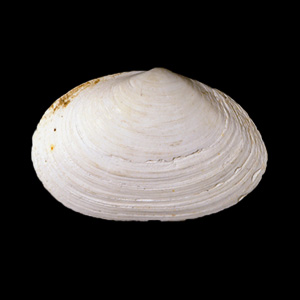
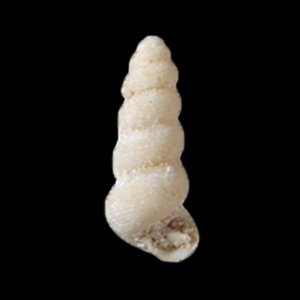
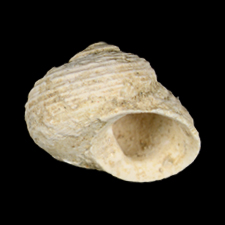
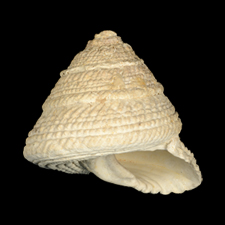
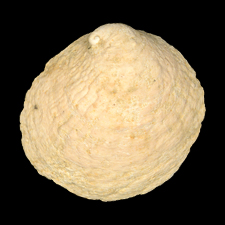
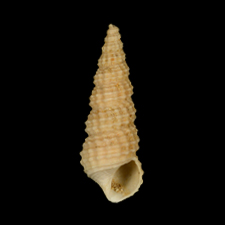
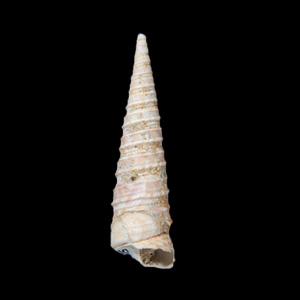

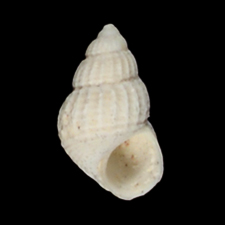
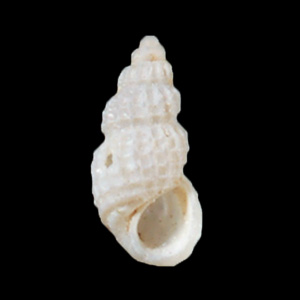
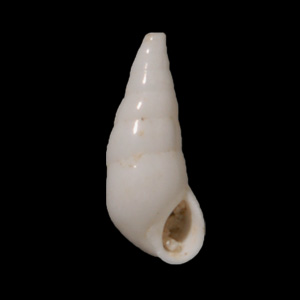
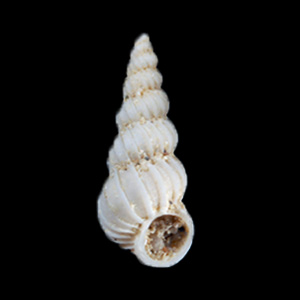

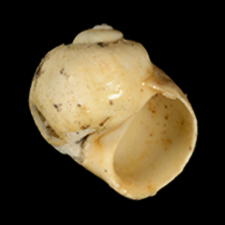
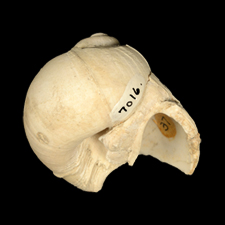
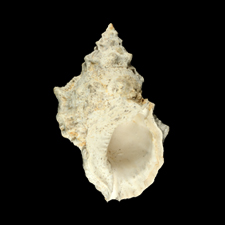

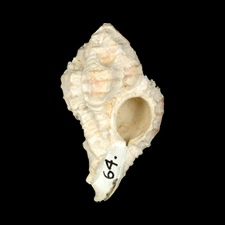
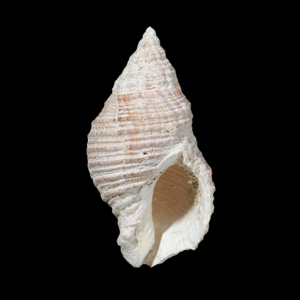
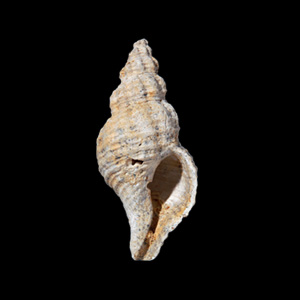
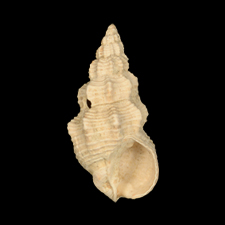
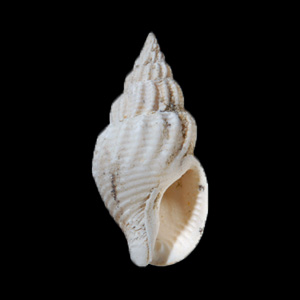
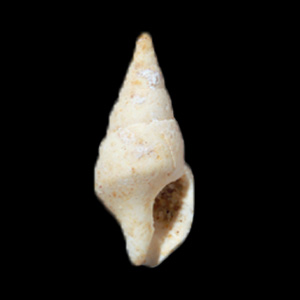
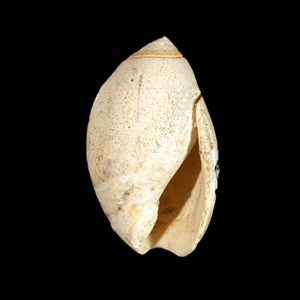
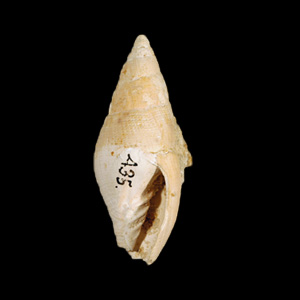

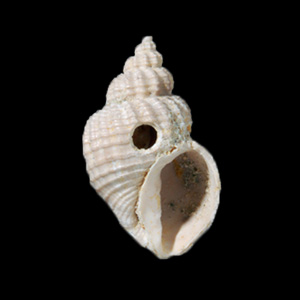
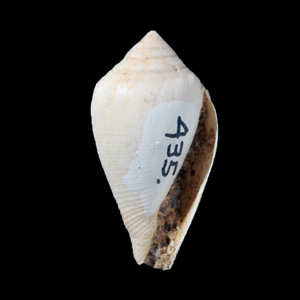
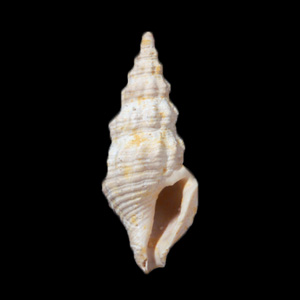
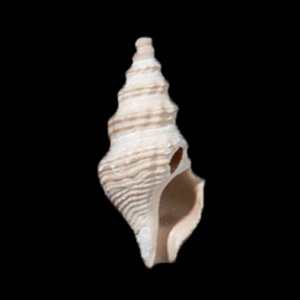
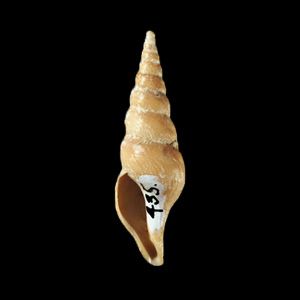
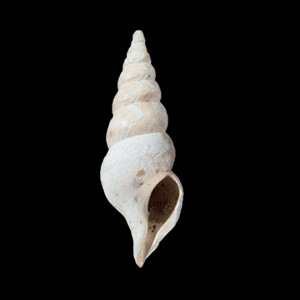
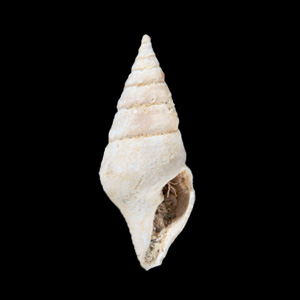
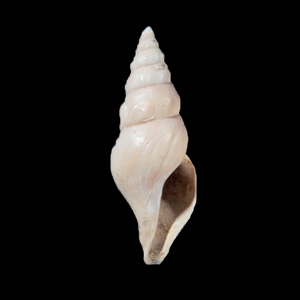
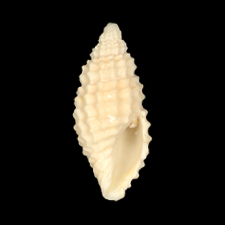
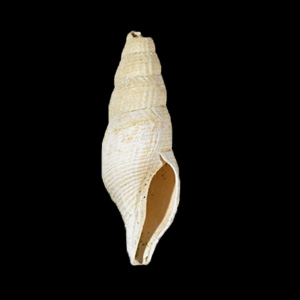
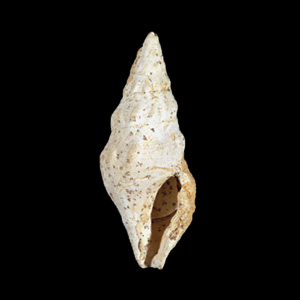
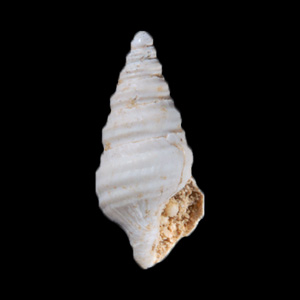

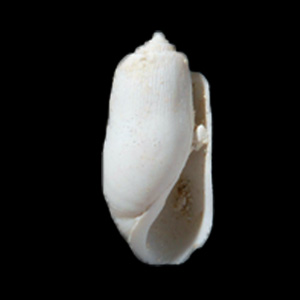


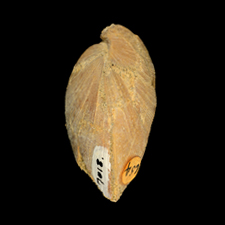
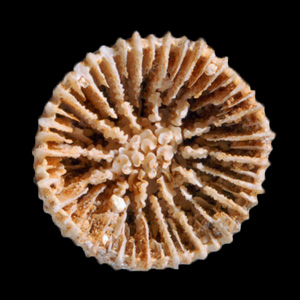
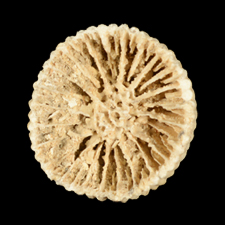 Paracyathus stearnsii Verrill, 1869
Paracyathus stearnsii Verrill, 1869